Owning a modern car is often seen as a symbol of convenience and status, but beneath the sleek design and advanced technology lie hidden costs that can catch owners off guard. From unexpected maintenance expenses to the impact on personal finances and the environment, understanding these hidden costs can help potential car owners make more informed decisions.
Advanced Technology and Repair Costs
Complex Electronic Systems
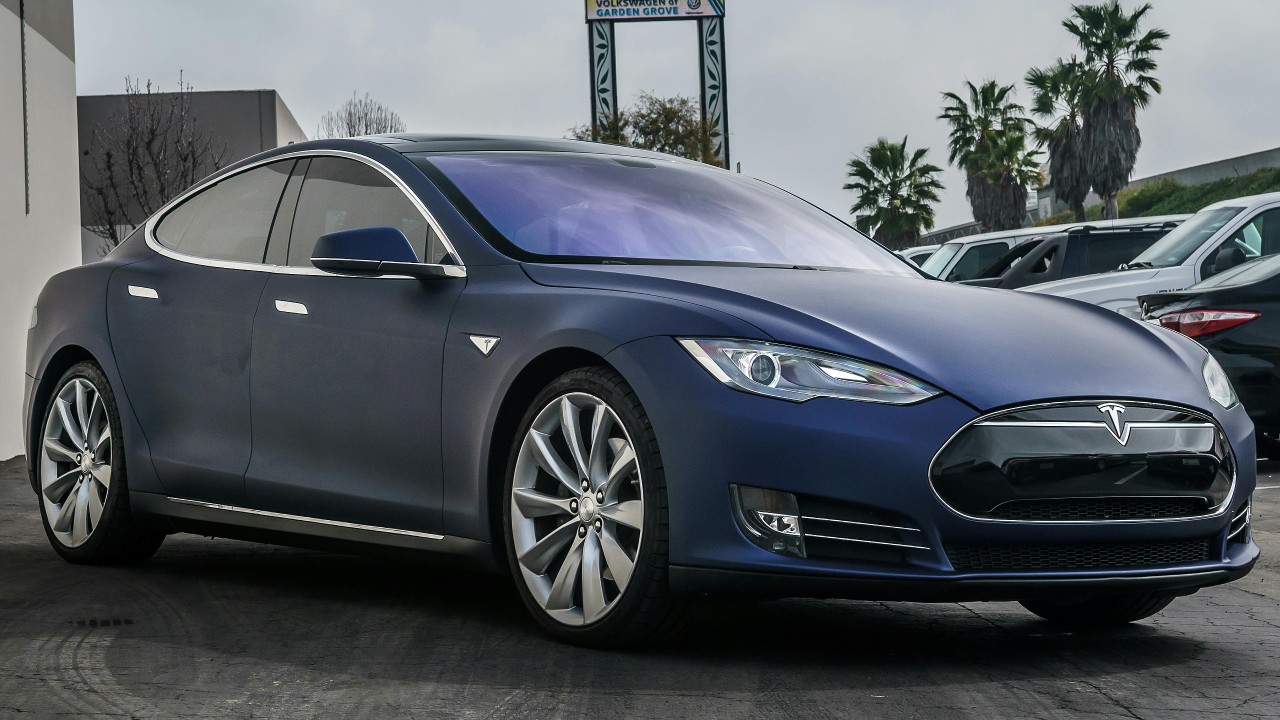
Many modern cars come equipped with advanced electronic systems that, while convenient, can be costly to repair when they malfunction. For instance, the Tesla Model S features a sophisticated touchscreen interface that controls many of the car’s functions. If this system fails, repairs can be expensive due to the specialized skills and equipment required. This can lead to higher labor costs, especially if the issue is not covered by warranty.
Moreover, as cars become more like computers on wheels, the need for specialized diagnostics increases. This often means that repairs must be done at authorized service centers, which can charge premium rates for their expertise and proprietary tools.
Software Updates and Subscriptions
Regular software updates are necessary to keep a car’s systems functioning optimally. For example, BMW offers over-the-air updates for their vehicles, but not all updates are free. Some may require costly dealership visits, adding to the maintenance budget. Additionally, features like remote start, advanced navigation, or even heated seats may come as part of subscription packages, which can add ongoing costs to the ownership experience.
These subscription-based features, such as GM’s OnStar or Tesla’s Full Self-Driving capability, are becoming more common. While they offer enhanced convenience, they also represent a shift in how car ownership costs are structured, introducing recurring expenses that were not traditionally part of the car ownership equation.
Insurance and Depreciation
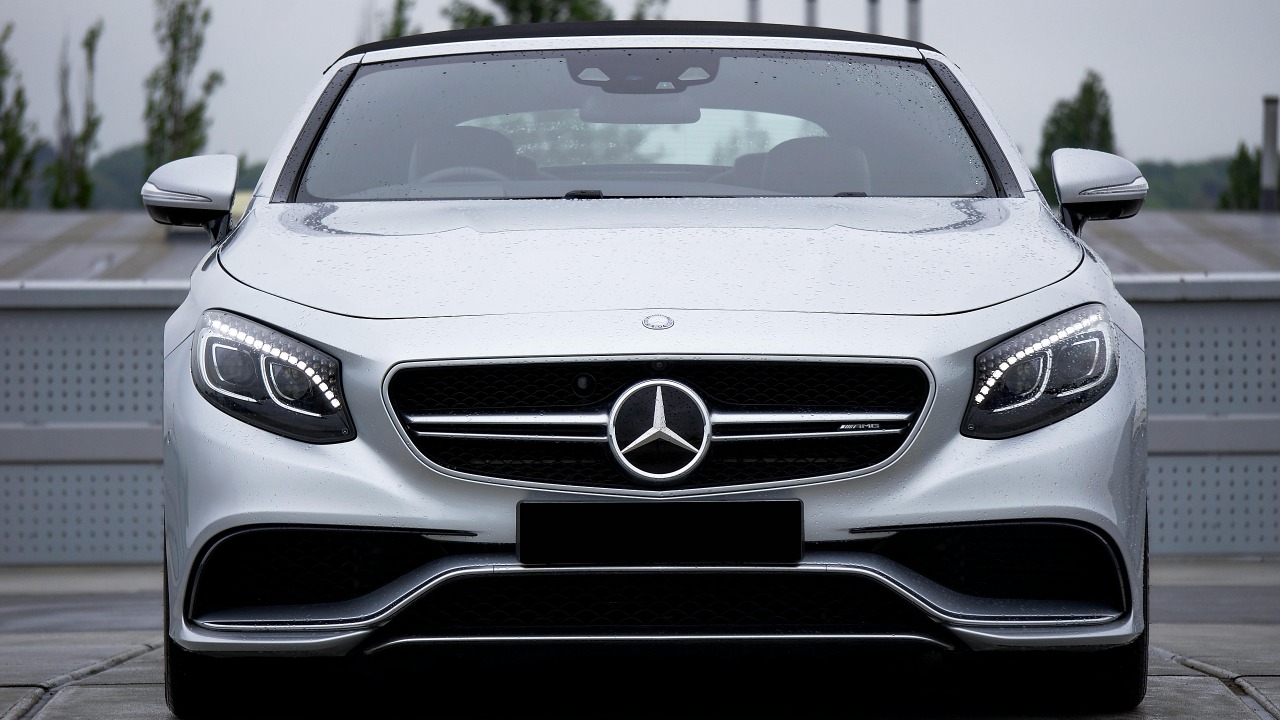
Higher Insurance Premiums
The advanced technology and safety features in modern cars can lead to higher insurance premiums compared to older models. For instance, vehicles equipped with autonomous driving capabilities or extensive safety sensors, like the Mercedes-Benz S-Class, often have higher insurance costs. This is due to the increased expense of replacing high-tech components in the event of damage.
Moreover, the complexity of these systems can make repairs more costly, prompting insurers to adjust premiums accordingly. This means that while the upfront cost of a high-tech vehicle might seem appealing, the ongoing insurance expenses can be a financial burden over time.
Rapid Depreciation
Modern cars tend to depreciate quickly, particularly if they are heavily reliant on technology that may become outdated. A prime example is the Nissan Leaf, which, as an electric vehicle, faces rapid depreciation due to advances in battery technology and changes in consumer preferences. Owners can find themselves owing more on a loan than the car’s market value, especially in the first few years of ownership.
This issue is compounded when a new model with better technology is released, rendering older models less desirable. As a result, owners may experience significant financial losses if they decide to sell or trade in their vehicle prematurely.
Environmental and Energy Costs

Fuel Efficiency vs. Energy Requirements
While many modern cars boast improved fuel efficiency, the energy required to produce and power advanced technologies can offset these gains. Take, for instance, the Toyota Prius, known for its fuel efficiency. However, the energy-intensive process of producing its hybrid battery and the electricity used to charge it must be considered.
Electric and hybrid models require considerations of energy sourcing and battery disposal. The environmental benefits of reduced emissions during use can be somewhat negated by the environmental costs of production and eventual disposal.
Environmental Impact of Production
The production of modern cars, particularly electric and hybrid models, can have a significant environmental impact due to the extraction and processing of raw materials. For example, the production of lithium-ion batteries, used in vehicles like the Tesla Model 3, involves mining operations that can be harmful to ecosystems.
Additionally, the lifecycle emissions of a car should be considered beyond just fuel efficiency. This includes the emissions from manufacturing, the sourcing of materials, and the eventual recycling or disposal of the vehicle. These factors contribute to the broader environmental footprint of modern car ownership.
Maintenance and Longevity
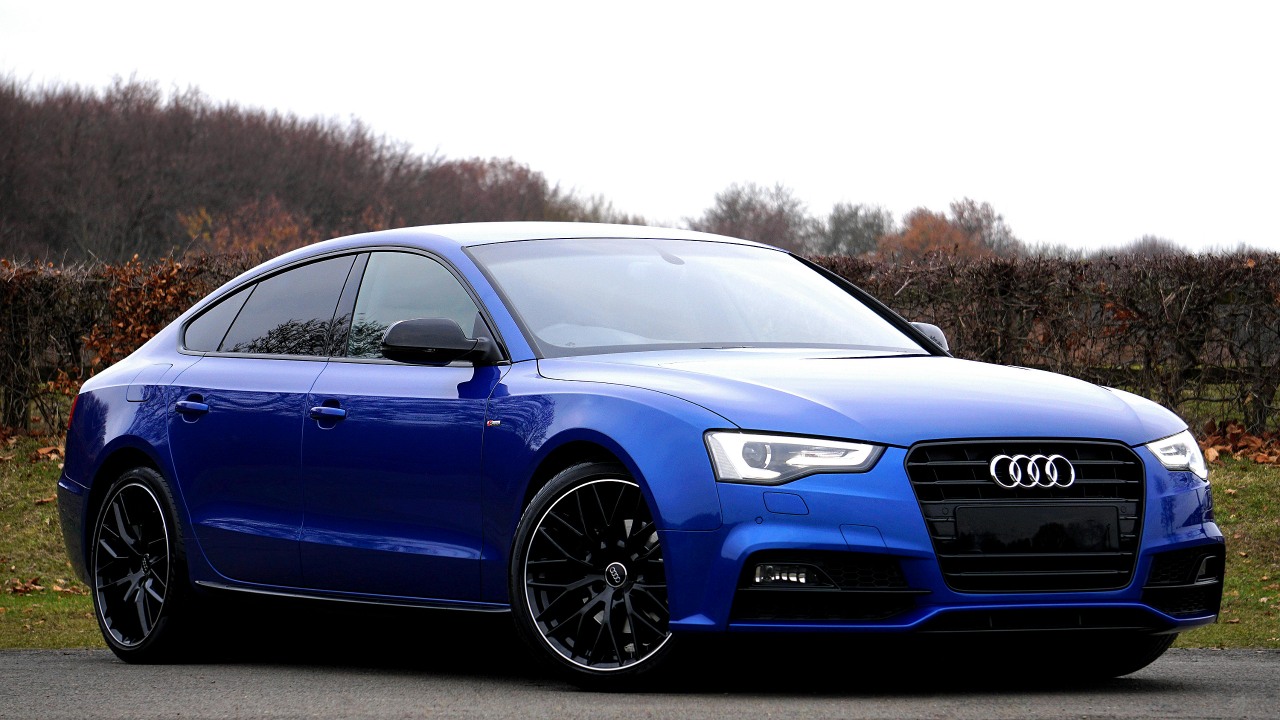
Scheduled Maintenance
Advanced technology requires regular maintenance to ensure longevity, which can be more costly than traditional vehicle upkeep. For example, the Audi A8, with its advanced systems, requires specialized maintenance protocols. Manufacturer-specific parts and servicing can limit where repairs can be performed, potentially increasing costs.
This dependency on specific service centers often means that owners must pay premium prices for routine maintenance tasks, which can add up over the lifespan of the vehicle.
Unexpected Repairs
The complexity of modern vehicles can lead to unexpected malfunctions that require costly repairs or replacements. A malfunction in the electronic parking brake of a Range Rover, for instance, might cost significantly more to repair than a traditional mechanical brake system.
Warranty limitations may not cover all necessary repairs, leaving owners to foot the bill. This unpredictability in repair costs can be a significant financial burden, especially as vehicles age and warranties expire.
Financial and Lifestyle Implications
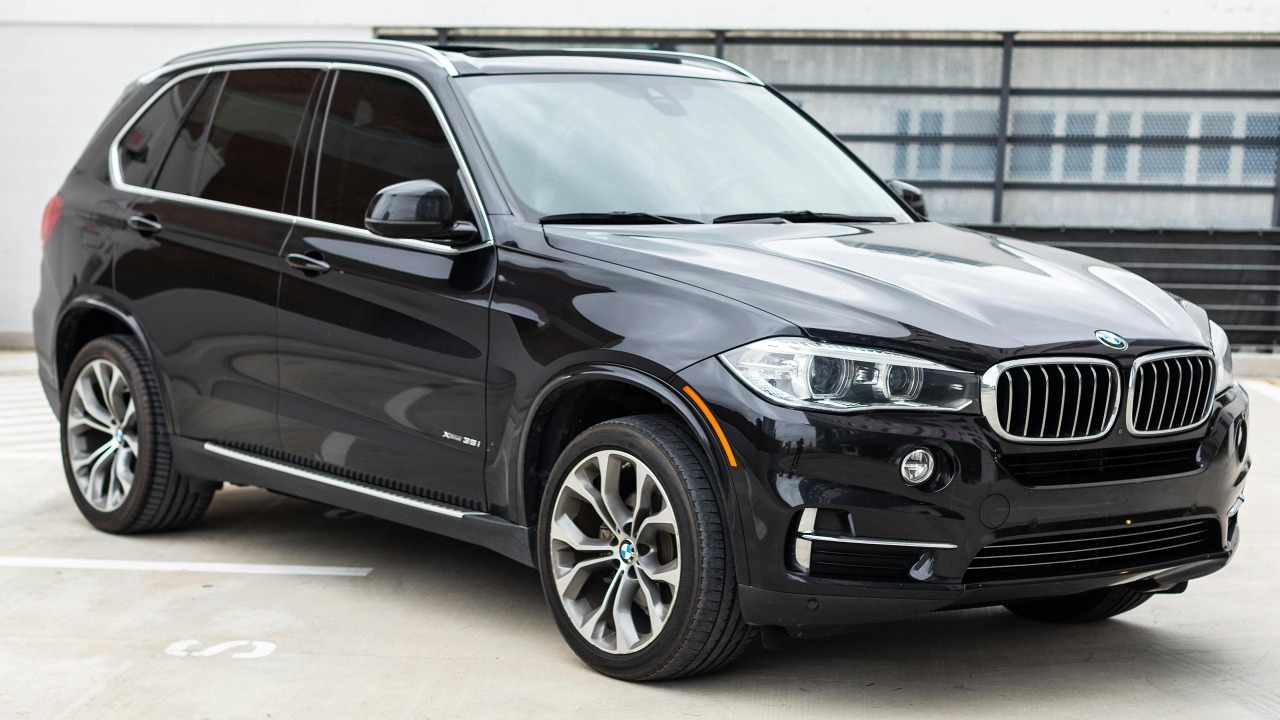
Impact on Personal Finances
The total cost of owning a modern car, including payments, insurance, and maintenance, can significantly impact personal budgeting. For instance, owning a high-end model like a BMW X5 might seem financially feasible initially, but the cumulative costs can lead to financial strain if not properly anticipated.
Hidden costs, such as those associated with unexpected repairs or subscription services, can catch owners off guard, requiring careful financial planning and prioritization.
Lifestyle Considerations
The decision to own a modern car involves weighing the convenience and prestige against the financial and environmental costs. For some, the allure of owning a tech-savvy vehicle like the Tesla Model S may justify the expense, while others may find the financial and environmental implications outweigh the benefits.
Owners may need to adjust their lifestyle and financial priorities to accommodate the true cost of ownership. This might include reducing other discretionary spending or reconsidering transportation needs and options to align with financial goals and environmental values.
Like Fast Lane Only’s content? Be sure to follow us.
Here’s more from us:
*Created with AI assistance and editor review.

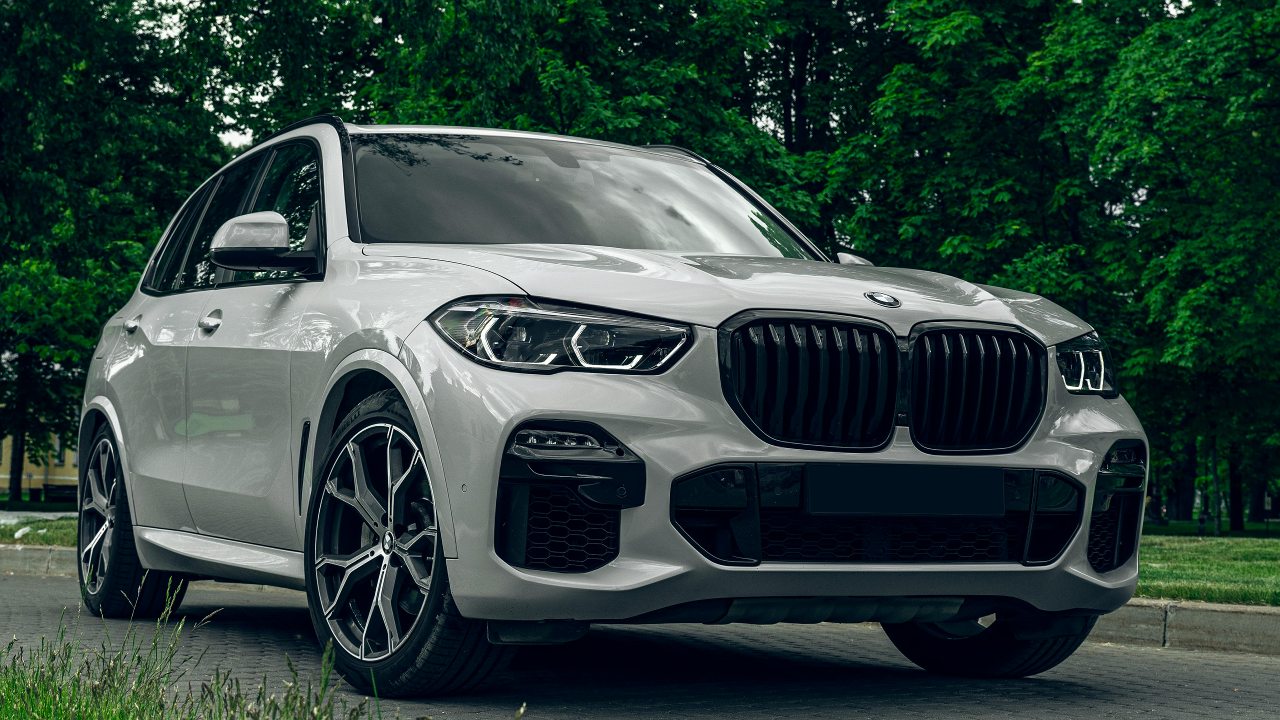

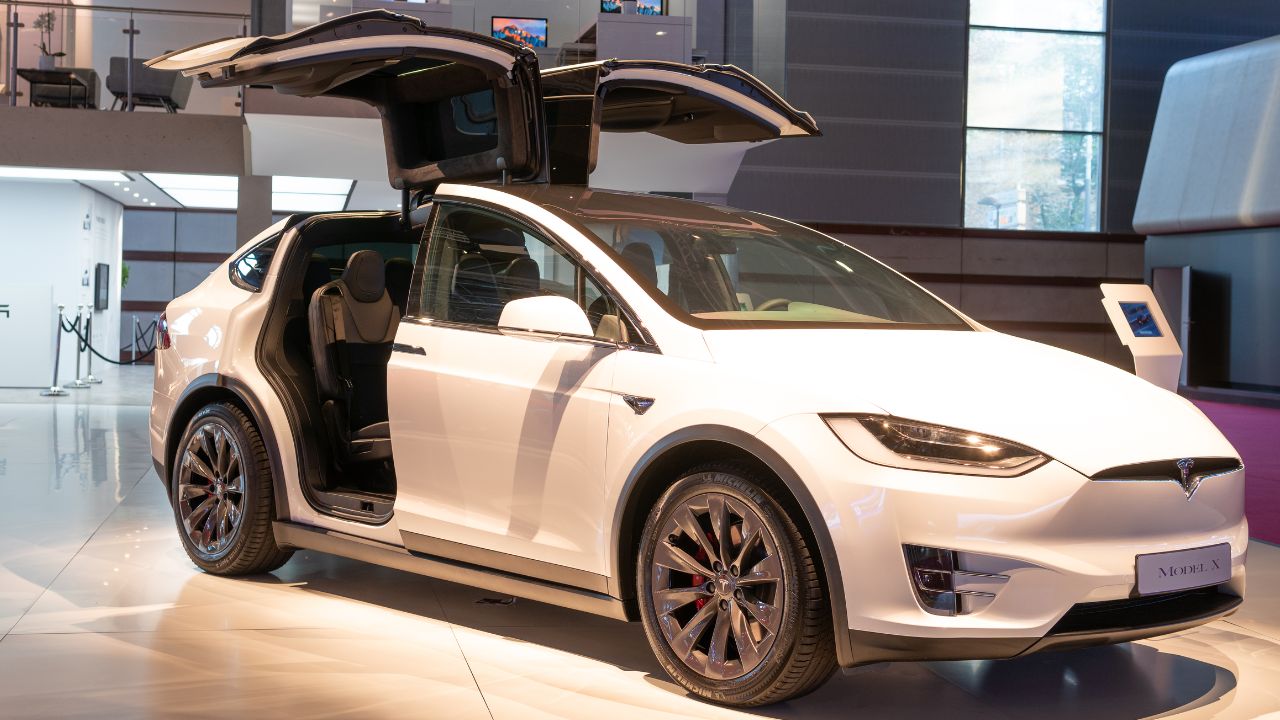
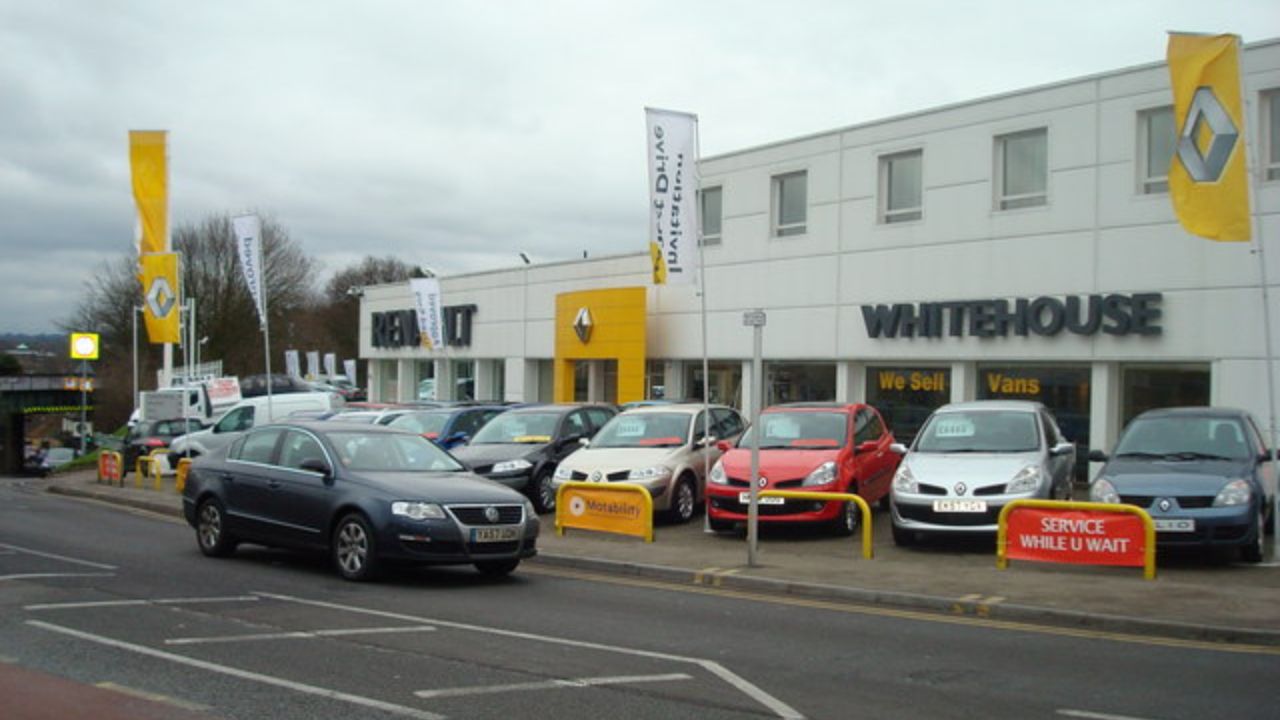
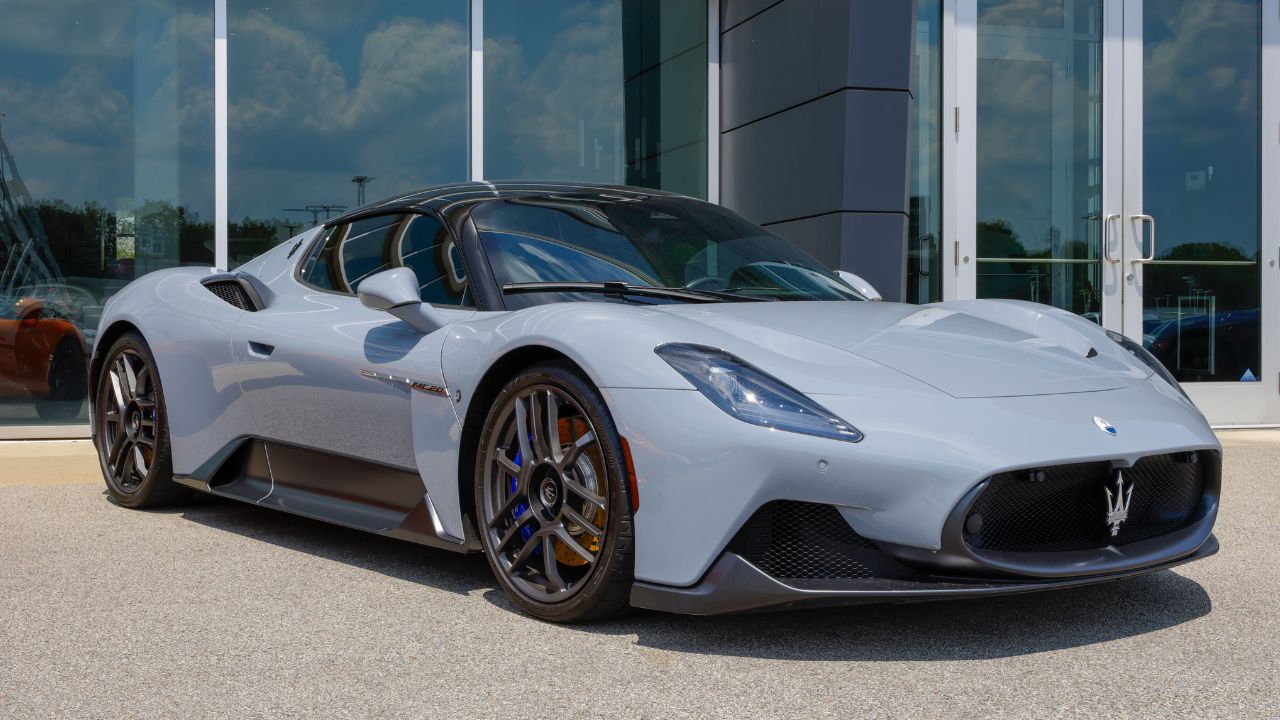
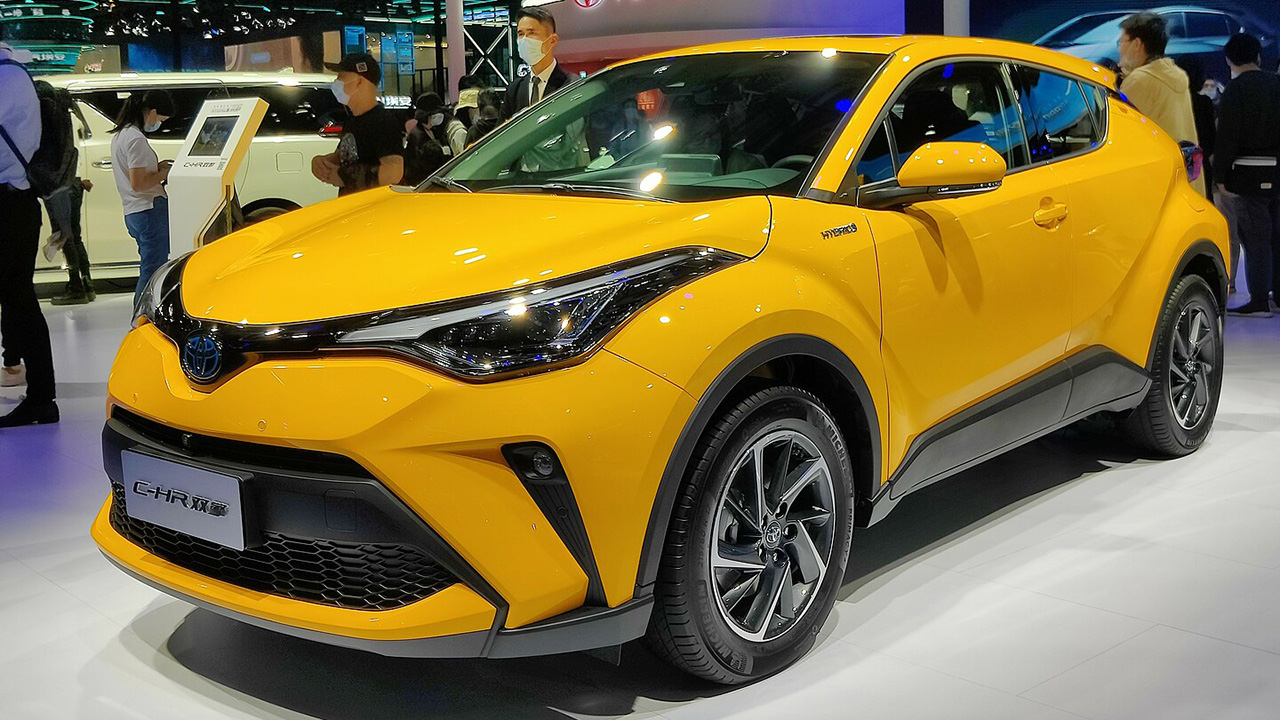
Leave a Reply